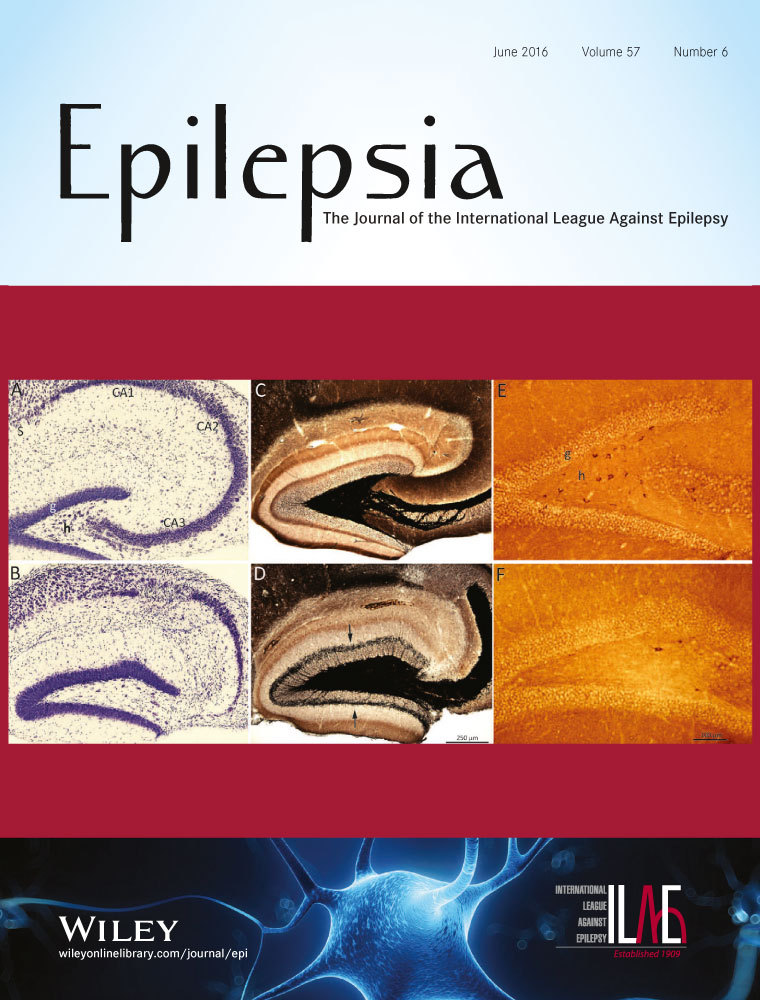Validation of rapid suicidality screening in epilepsy using the NDDIE
Summary
Objective
Standard mortality ratio for suicide in patients with epilepsy is three times higher than in the general population, and such a risk remains high even after adjusting for clinical and socioeconomic factors. It is thus important to have suitable screening instruments and to implement care pathways for suicide prevention in every epilepsy center. The aim of this study is to validate the use of the Neurological Disorder Depression Inventory for Epilepsy (NDDIE) as a suicidality-screening instrument.
Methods
The study sample included adult patients with epilepsy assessed with the Mini International Neuropsychiatric Interview (MINI) and the NDDIE. A high suicidality risk according to the Suicidality Module of the MINI was considered the gold standard. Receiver operating characteristic analyses for NDDIE total and individual item scores were computed and subsequently compared using a nonparametric approach. The best possible cutoff was identified with the highest Youden index (J). Likelihood ratios were then computed, and specificity, sensitivity, positive, and negative predictive values calculated.
Results
The study sample consisted of 380 adult patients with epilepsy: 46.3% male; mean age was 39.4 ± 14.6; 76.7% had a diagnosis of focal epilepsy; mean age at onset of the epilepsy was 23.3 ± 17.5. According to the MINI, 74 patients (19.5%) fulfilled criteria for a major depressive episode and 19 (5%) presented a high suicidality risk. A score >2 (J = 0.751) for item 4 “I'd be better off dead” of the NDDIE displayed excellent psychometric properties with a good to excellent validity (area under the curve [AUC] 0.906; 95% confidence interval [CI] 0.820–0.992; p < 0.001), sensitivity 84.21% (95% CI 60.4–96.6), specificity 90.86% (95% CI 87.4–93.6), likelihood ratio+ 9.21 (95% CI 6.3–13.5), likelihood ratio– 0.17 (95% CI 0.06–0.50).
Significance
Item 4 of the NDDIE has shown to be an excellent suicidality screening instrument allowing the development of further care pathways for suicide prevention in epilepsy centers.




